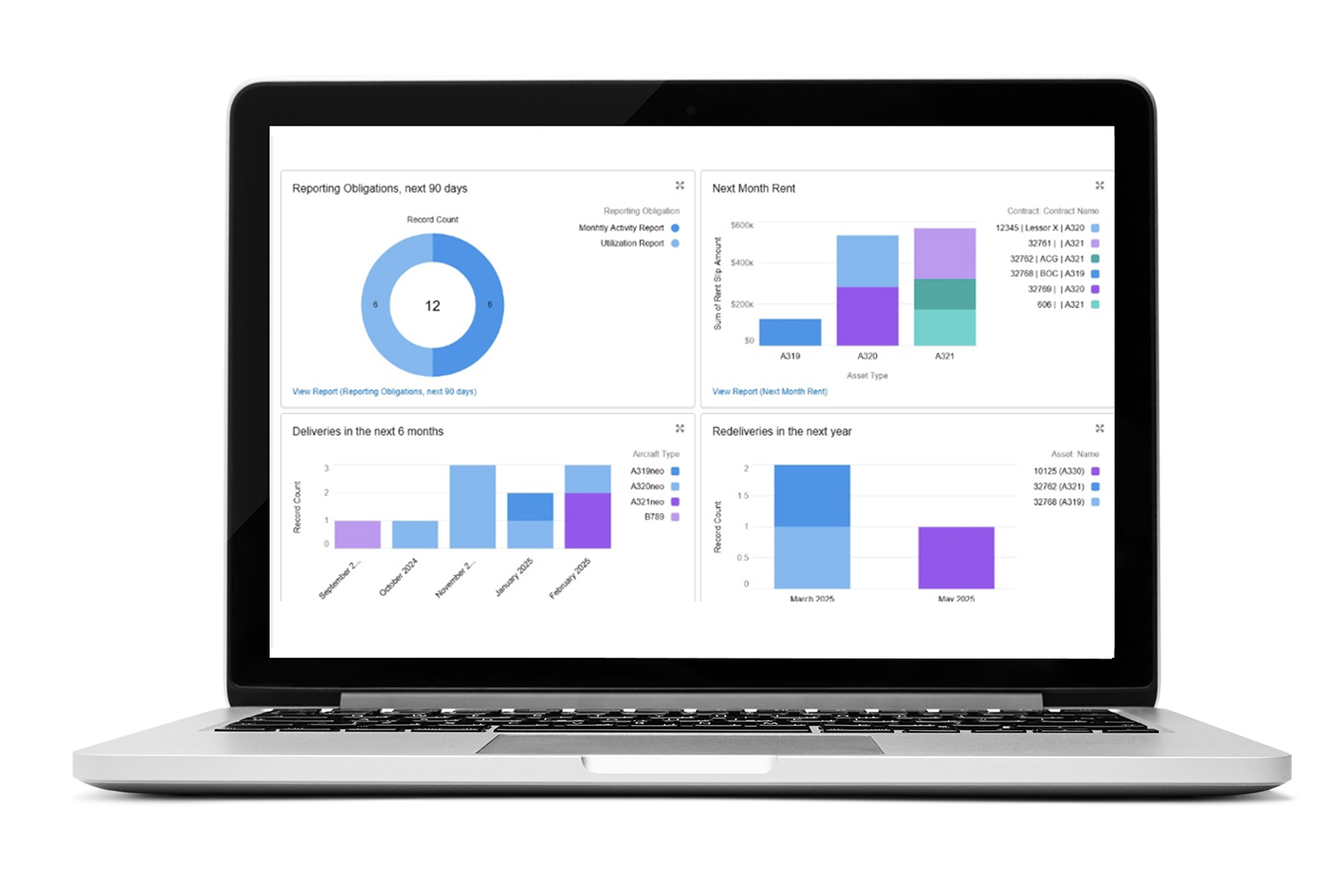Navigating the complexities of aircraft fleet management presents a formidable challenge for airlines today. The sheer volume of critical data, combined with often older generation systems of record, creates significant operational hurdles and limits strategic agility. A thoughtful system that would integrate and become the information hub for all fleet decisions, is not just beneficial, but essential for airlines seeking to optimize their operations and maximize asset value.
Consider these critical areas where current approaches fall short and how a comprehensive solution can revolutionize fleet management:
Ultimately, a centralized, data-driven platform is not just an operational tool; it is paramount for streamlined contract management, securing more favorable outcomes, and unlocking the full potential of an airline’s fleet through unparalleled oversight and strategic foresight. This shift transforms fleet management from a series of reactive tasks into a proactive, strategic advantage.
The Pervasive Problem of Data Fragmentation:
- Aircraft fleet data is frequently decentralized and scattered across disparate systems.
- Vital information, from detailed lease contract terms to technical data, often exists in unstructured formats.
- Aircraft maintenance may be handled by one MRO application (e.g., AMOS), while engines are managed in entirely separate, dedicated databases, with other crucial data points residing in additional systems.
- This lack of a unified, single source of truth prevents a comprehensive, real-time overview of the entire fleet.
- The consequence is inefficient processes, a significant absence of real-time insights, and a reliance on manual efforts for tasks such as activity reporting to lessors, which might be handled independently by different internal teams.
The Strategic Imperative for Data Centralization and Cost Optimization:
- A strong and critical need exists for consolidating and centralizing all fleet-related data and information into a single, unified solution.
- This centralization is not merely about tidiness; it enables the transformation of large, complex metrics into clear, actionable costs per aircraft.
- Imagine a system that accurately compiles all costs associated with an aircraft, including financing, maintenance, and even direct operating costs, all seamlessly flowing into a single system.
- Such a solution facilitates a deeper, more accurate analysis of aircraft ownership costs and route profitability, which is vital for strategic decision-making and for increasing overall aircraft utilization.
- Moving beyond reactive, on-demand analysis of individual aircraft, a centralized platform provides the capability for proactive supervision of the entire fleet, fostering greater control and foresight.
Revolutionizing Fleet Planning with Advanced Forecasting and Simulation:
- Traditional fleet management often relies heavily on historical data and demands manual, on-demand analysis for crucial tasks like lease extensions.
- However, a sophisticated solution can deliver robust forecasting capabilities, projecting the future state of the fleet rather than merely recounting its past.
- This includes powerful simulation functionalities, particularly invaluable for lease extensions. These simulations enable airlines to adopt a proactive approach, initiating negotiations and strategic planning at least 18 months before a lease is set to conclude.
- These forecasts gain even greater depth and accuracy when critical financial elements such as revenue, crew costs, and fuel expenses are integrated, providing a truly holistic financial picture.
- This proactive stance is paramount in today’s market, where negotiating conditions with lessors when negotiating new leases or extension terms.
Streamlining End-of-Lease (EOL) and Contract Management:
- Managing complex end-of-lease (EOL) provisions—such as coordinating engine swaps at return to maximize benefit or handling intricate lump sum payments for engine maintenance reserves—is frequently managed through ad-hoc, error-prone Excel calculations.
- A structured system can significantly optimize returns by providing a systematic way to manage these provisions, moving away from fragmented calculations.
- Such a platform helps in dynamically assessing lease terms relative to current market conditions, acknowledging that what constitutes a “good” or “bad” contract is always relative to the prevailing moment and market dynamics.
- Centralized contract management ensures that all appropriate information is securely consolidated into a database and is accessible on a need-to-know basis, thereby streamlining operations and reducing the complexities often associated with negotiations, especially those concerning the movement of engines between aircraft.
- Furthermore, the solution supports strategic decisions regarding sale and leasebacks (SLBs) by providing the necessary data for capital expenditure analysis and the selection of optimal SLB opportunities to help with cash flow.
Empowering Strategic Decisions and Operational Excellence:
- By centralizing every aspect of fleet management, an airline gains comprehensive oversight, leading to profoundly more informed decisions regarding fleet additions, replacements, and effectively mitigating the impact of unexpected delays.
- The ability to rapidly analyze and adjust plans for lease extensions or new leases, taking into account global economic scenarios and internal financial metrics (such as WACC for NPV and total cashflow), alongside technical assessments of aircraft condition, is drastically enhanced.
- Ultimately, a centralized, data-driven platform is not just an operational tool; it is paramount for streamlined contract management, securing more favorable outcomes, and unlocking the full potential of an airline’s fleet through unparalleled oversight and strategic foresight. This shift transforms fleet management from a series of reactive tasks into a proactive, strategic advantage.
Aeris AIRLINE
The ultimate asset lifecycle management software designed for airlines.
Our end-to-end asset management automation, advanced analytics, and seamless integration with your current IT systems enable you to manage financial, legal, and technical obligations with unparalleled efficiency and cost synergies.
Aeris AIRLINE empowers your Fleet Management, Finance, Tech, and Legal teams with proven solutions that streamline the entire aircraft lifecycle—from phasing in to managing and phasing out your aircraft.


